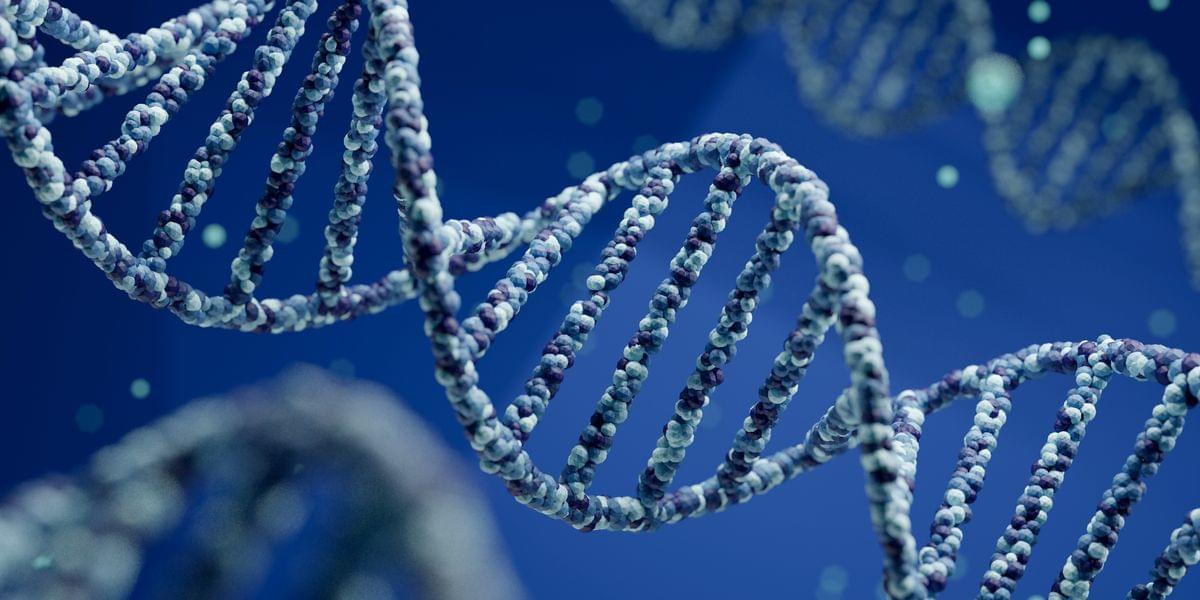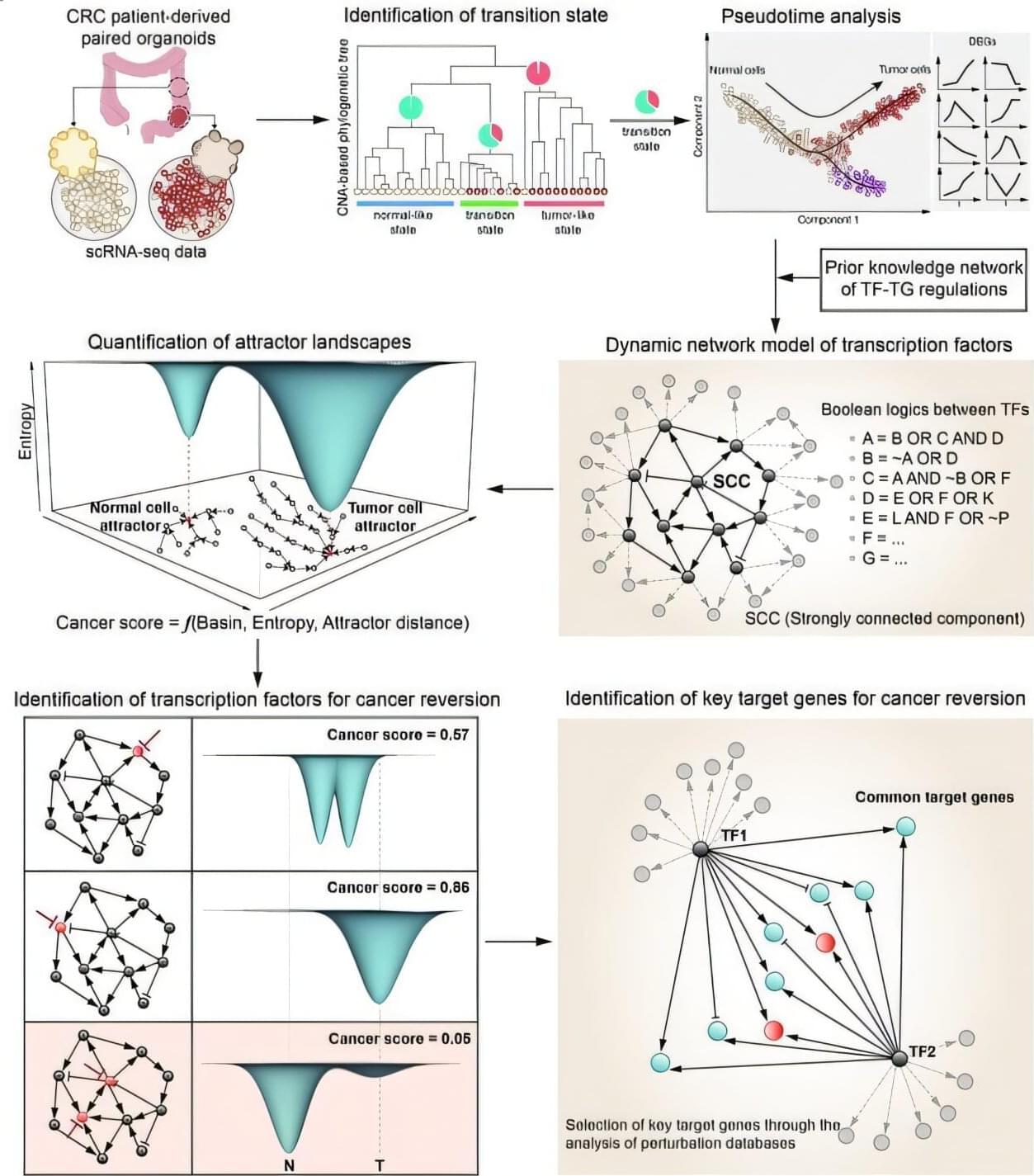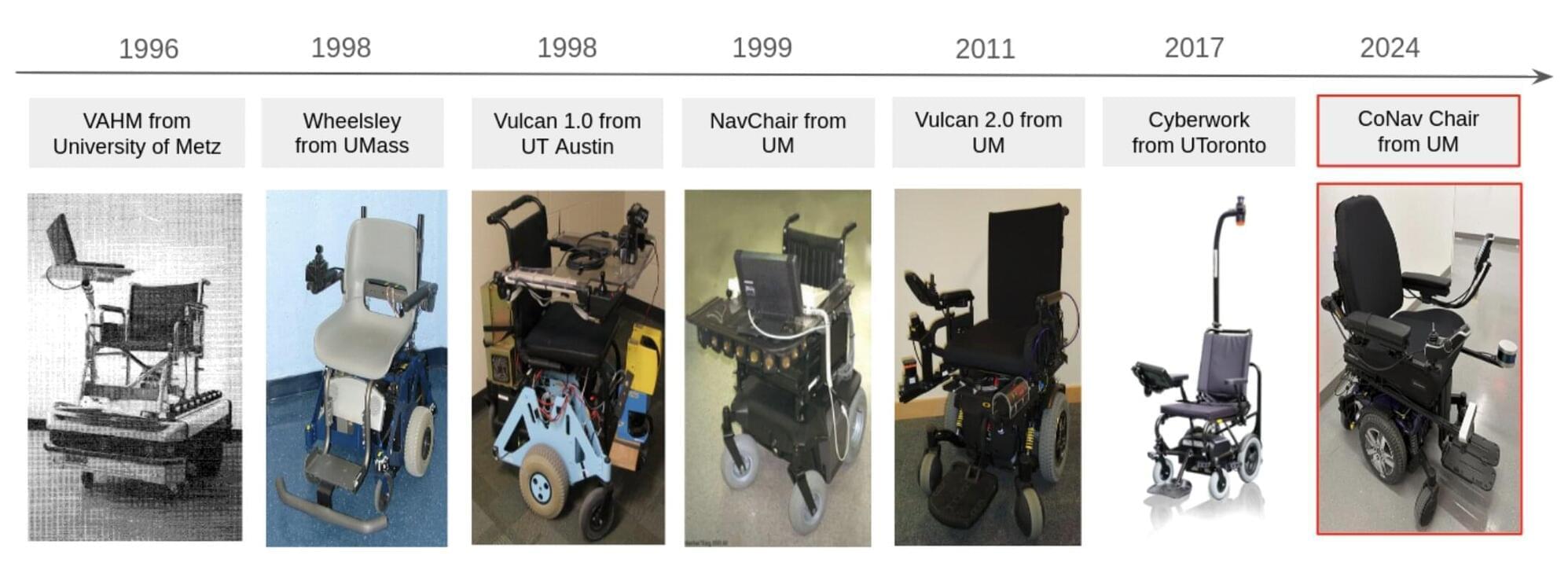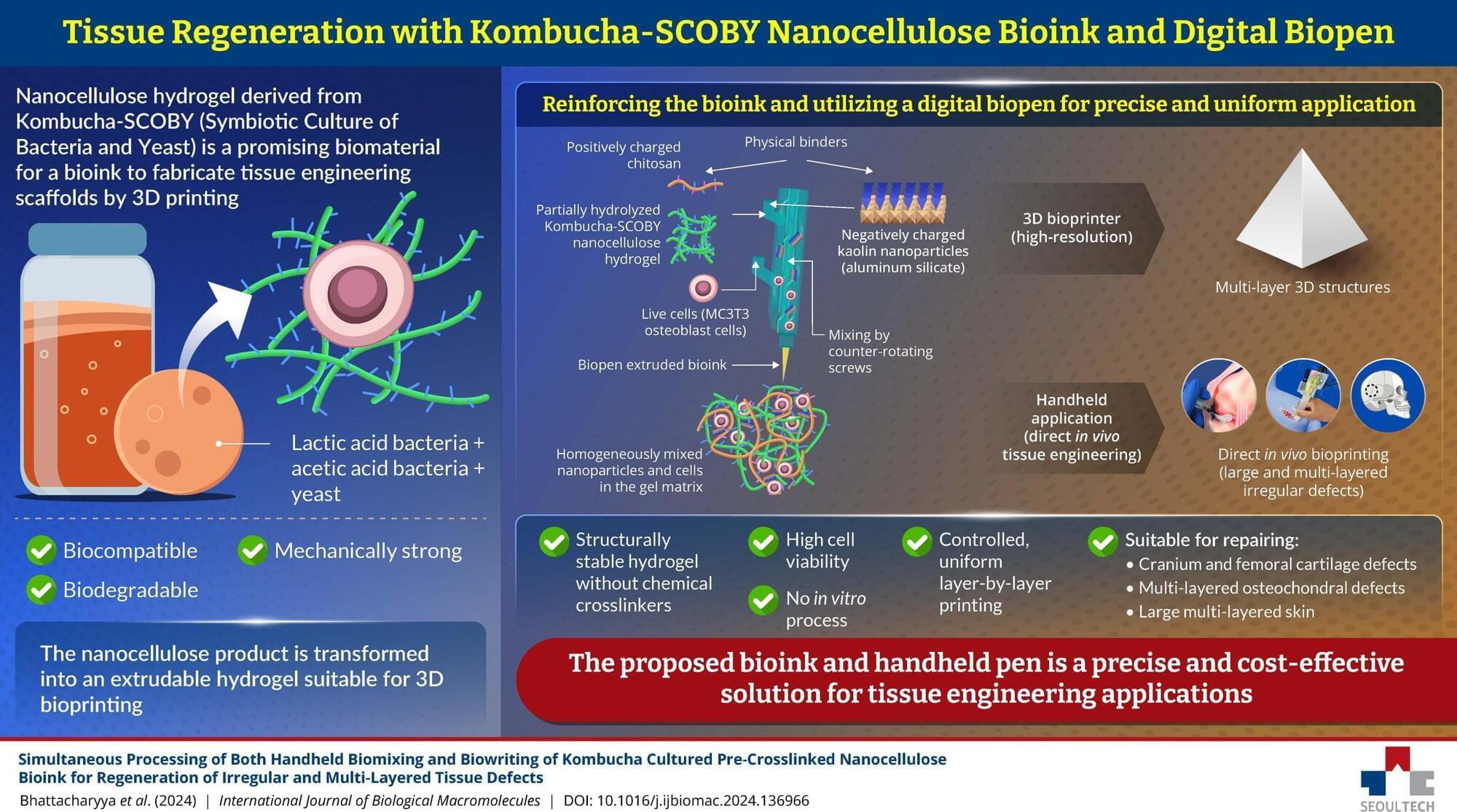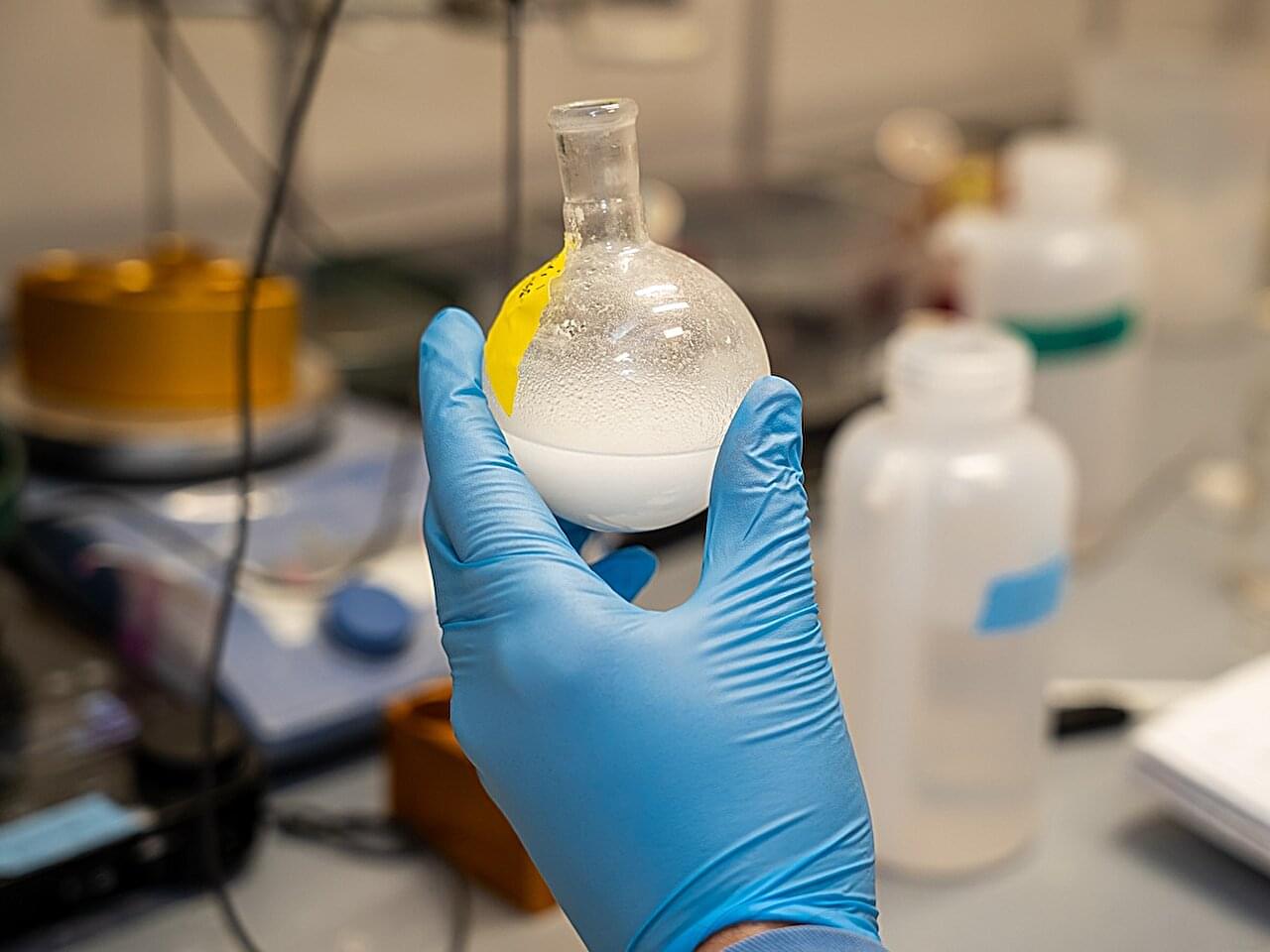Rice University researchers have revealed novel sequence-structure-property relationships for customizing engineered living materials (ELMs), enabling more precise control over their structure and how they respond to deformation forces like stretching or compression.
The study, published in a special issue of ACS Synthetic Biology, focuses on altering protein matrices, which are the networks of proteins that provide structure to ELMs. By introducing small genetic changes, the team discovered they could make a substantial difference in how these materials behaved. These findings could open doors for advancements in tissue engineering, drug delivery and even 3D printing of living devices.
“We are engineering cells to create customizable materials with unique properties,” said Caroline Ajo-Franklin, professor of biosciences and the study’s corresponding author. “While synthetic biology has given us tools to tweak these properties, the connection between genetic sequence, material structure and behavior has been largely unexplored until now.”

